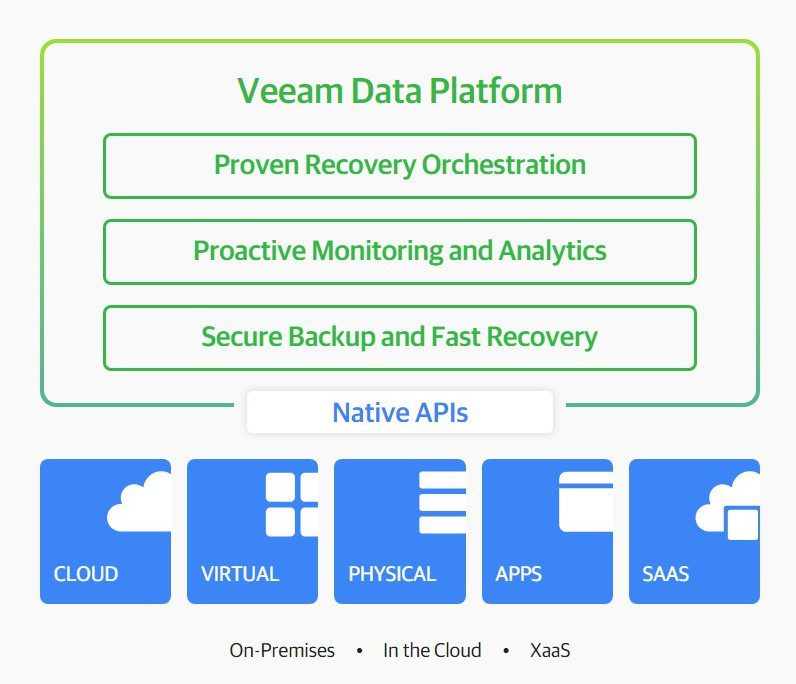With organizations recognizing the world as a Multi-Cloud Hybrid environment, Veeam has rebranded several products, such as Backup and Replication/Monitoring and Analytics/Microsoft 365 Backup, into what is called the Veeam Data Platform in its V12 update. It provides customers with ubiquitous Data Security, Data Recovery and Data Freedom to utilize and implement it across multi-Cloud domains, be it On-Premise, Private Cloud or Public Cloud AzureAWS and SAAS.
Consolidation under the Veeam Data Platform has introduced new versions of the Backup and Replication product, tiered in Foundation, Advanced and Premium editions with increased features being available when progressing up the tier.


New features for Veeam 12 have introduced some excellent product improvements along with brand new features covering popular products and services such as Salesforce, Oracle, and PostgreSQL. Highlights of the more general product improvements include Compare with Production – allowing admins to easily assess the differences between a current file in production and the one being restored – Network Throttling – this existed already but you can now include public IP addresses and choose to never throttle restore backup jobs – Two-Factor Authentication – can be enabled for UsersGroups accessing the console adding another layer of security for administrators – Defining the Database Engine – this is now a choice between Microsoft SQL Server and PostgreSQL Server – Veeam Mover Engine – enabling the ability to move data between repositories – and Per-Machine Backups – which makes it possible for admins to trigger a backup for an individual machine which is part of a larger backup job comprising multiple machines.
Brand new features incorporated into the Veeam Data Platform in V12
As more organisations develop Cloud based applications, Kubernetes make up the SaaS application components, making it a necessary tool to Backup and Restore complex applications using a trusted technology.
Veeam 12 has continued with Kasten K10 integration and is now able to offer central management. This gives admins the ability to control Kasten Kubernetes backups alongside existing infrastructure and platforms.
This allows Kasten K10 deployments to be backed up to a central location, provides visibility into K10 policies, and the means to change and edit policies.
A feature improvement provided by this release is being able to perform Instant FCD Recovery. V12 means you can perform instant first-class disk recovery for your Kubernetes applications and data back into your vSphere Tanzu environment and clusters, no matter the size.
If you are leveraging Linux and have standardized on Red Hat, Veeam now have a native Linux KVM (Kernel-based Virtual Machine) that integrates, naturally, with the rest of the Red Hat infrastructure.
A V12 announcement for RedHat states that “Veeam Backup for Red Hat Virtualization communicates with Red Hat Virtualization’s oVirt virtualisation management platform directly.” This backs up RHV VM snapshots or backups to Veeam storage repositories for safety, as well as a complete backup lifecycle management. With Veeam, there is the assurance that everything is protected through a singular solution and a single vendor.
The Veeam Data Platform comes with the official release of the Veeam Agent for Mac 2.0, offering integration with Veeam Backup & Replication. Enhancements made to the 2.0 agent include a refreshed user interface that is easier to navigate, meaning backups and restores can be performed more efficiently and reducing the need for assistance from IT.
Mac agents are now managed through protection groups giving users a centralised location to monitor what devices are being protected by Veeam.
The customised binaries created by protection groups are universal for all supported macOS versions and will run natively on M1 and M2 chips. Additionally, installation and configuration can also be handled by Microsoft Intune or SimpleMDM, which can provide additional time savings for enterprises while they increase their data protection.
Ever since the early version of Veeam Backup and Replication, only one database offering was available – Microsoft SQL Server. But now PostgreSQL is offered along with Microsoft SQL Server, allowing customers to move away from Microsoft based databases. New installations will give the option to save Veeam Configuration Database to the free PostgreSQL instance and remove the limits on size, as well as the compute restrictions experienced with SQL Express’ previously limited size of 10GB and maximum of 4 cores.


If both Enterprise Manager and Veeam Backups and Replication are being deployed these must be installed on either SQL Server or PostgreSQL.
Veeam’s backup for Salesforce offers many capabilities that eliminate the risk of losing any Salesforce data.
The Salesforce backup functionality is purpose built to create backups and restore both data and metadata. Records, hierarchies, fields, files, and metadata are all able to be restored and a backup environment can be run from anywhere, be it on-premise or in the cloud.
There is the opportunity for custom scheduling (being able to set up granular backup schedules and retention settings at an object level), all with simplified management. The new capabilities allow for management of multiple Salesforce instances from one console.
This Salesforce backup means that your data can be backed up almost continuously through incremented sync and flexibility scheduling, and a simple user interface means backup policies and restore jobs can be run in minutes.
With this Veeam release admins can see versions of records, comparing them with production rapidly.
Direct-to-Object Storage has been described as “a fundamental change to the previous backup environment architecture” and means that backup data can be stored directly on object storage without the need for archives or copies – there is no more middleman involved.
When building a reliable backup strategy, this will broaden customer capabilities, as well as providing a new way to approach the 3-2-1 Rule, and wider safety requirements.
For those utilising Direct-to-Object Storage, there are several benefits they can expect that make it an exciting feature.
Firstly, it offers immutable storage that is easy to implement, along with high availability and reliability offered by cloud storage vendors. With this also comes simplified storage for branch or home office users without needing to buy dedicated hardware. Finally, it offers more flexibility in VMware hyperscale environments, all of which could prove very useful to users.
With an ever-evolving Cybersecurity space, Veeam have introduced new developments to improve security of the platform. Immutability for every workload, ensuring that backups can always be restored after an attack, adding an extra layer of protection against hackers and cybercriminals. Veeam have made enterprise-grade immutability options available from a range of trusted vendors, including “on-premises object, block and file storage, hardened repositories and deduplicating storage appliances, cloud object storage and tape.”
Newly introduced is MFA for secure backup console access, as well as password-less service accounts (gMSA) for Windows and single-use credentials for Linux. This optional MFA is based on Time-Based One-Time passwords (TOTP) and can be enabled for individual accounts for an extra layer of protection and peace of mind that your data is safe and secure.
With SMTP protocol being supported for several years, steps to support a modern authentication standard OAuth protocol in Google Gmail and Microsoft 365 is now available. Notification settings can be configured if admins would like notifications about BackupReplications jobs statuses.
You can now allow Veeam Backup for Microsoft 365 to send email notifications on behalf of Google or Microsoft 365 with the OAuth 2.0 Authorization Framework.
A helpful assistant, the Best Practices Analyser was introduced to the Veeam Data Platform with V12. Admins will now be able to ensure they are implementing the best security practices Veeam recommends. Veeam Backup & Replication now has this built-in tool that, when you to check your backup server configuration, will check a number or parameters to make sure this is being done effectively.
These parameters are:
- Remote Desktop Service (TermService) and Remote Registry service (RemoteRegistry) should be disabled
- Windows Firewall, MFA for the backup console, Password loss protection and Configuration backup should be enabled
- Immutable or offline (air gapped) media should be used
- Configuration backup should be encrypted
- Backup server shouldn’t be a part of the production domain
If any of these parameters are not required, they can simply be excluded.
Making the most of the Veeam Data Platform V12 updates with Vissensa
The breadth of the Veeam Data Platform’s V12 updates gives Vissensa the opportunity to offer the agility to place Virtual Machines, SAS Applications and Containers in any Cloud setting, be it On-Premise, Private or Public Cloud – all backed by a reliable, tried and tested backup solution. From this, we can ensure the most secure and effective service is passed on to our customers, and we are excited to utilise these Veeam announcements moving forward.











